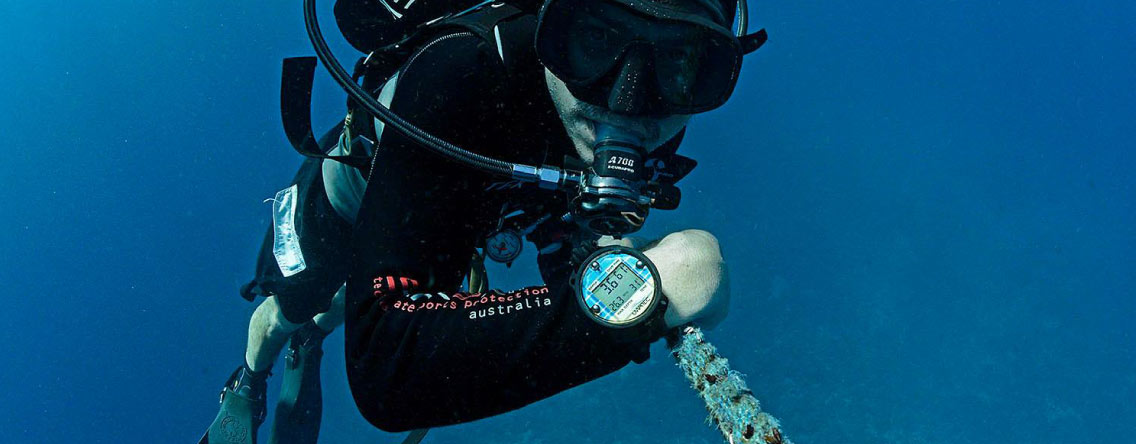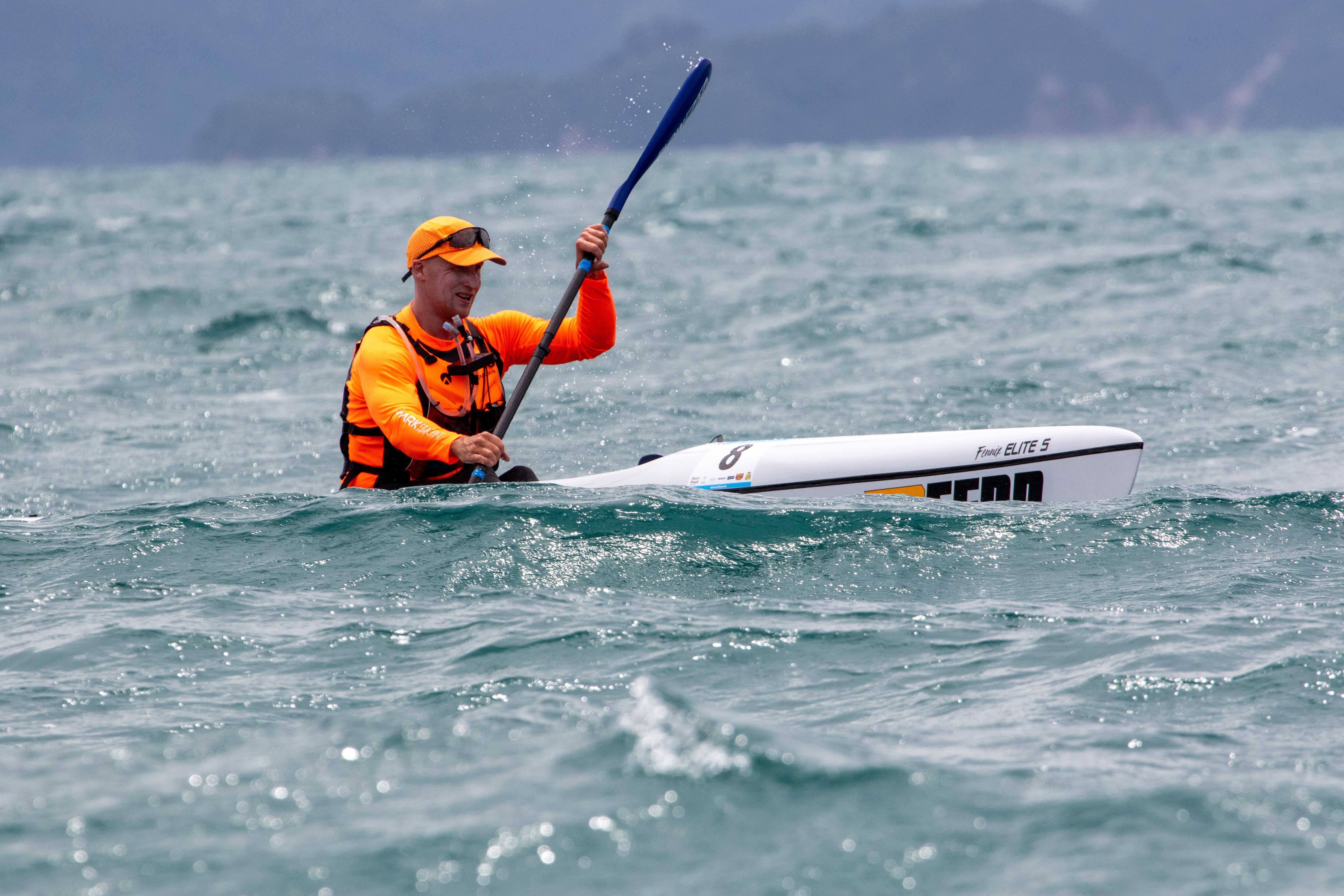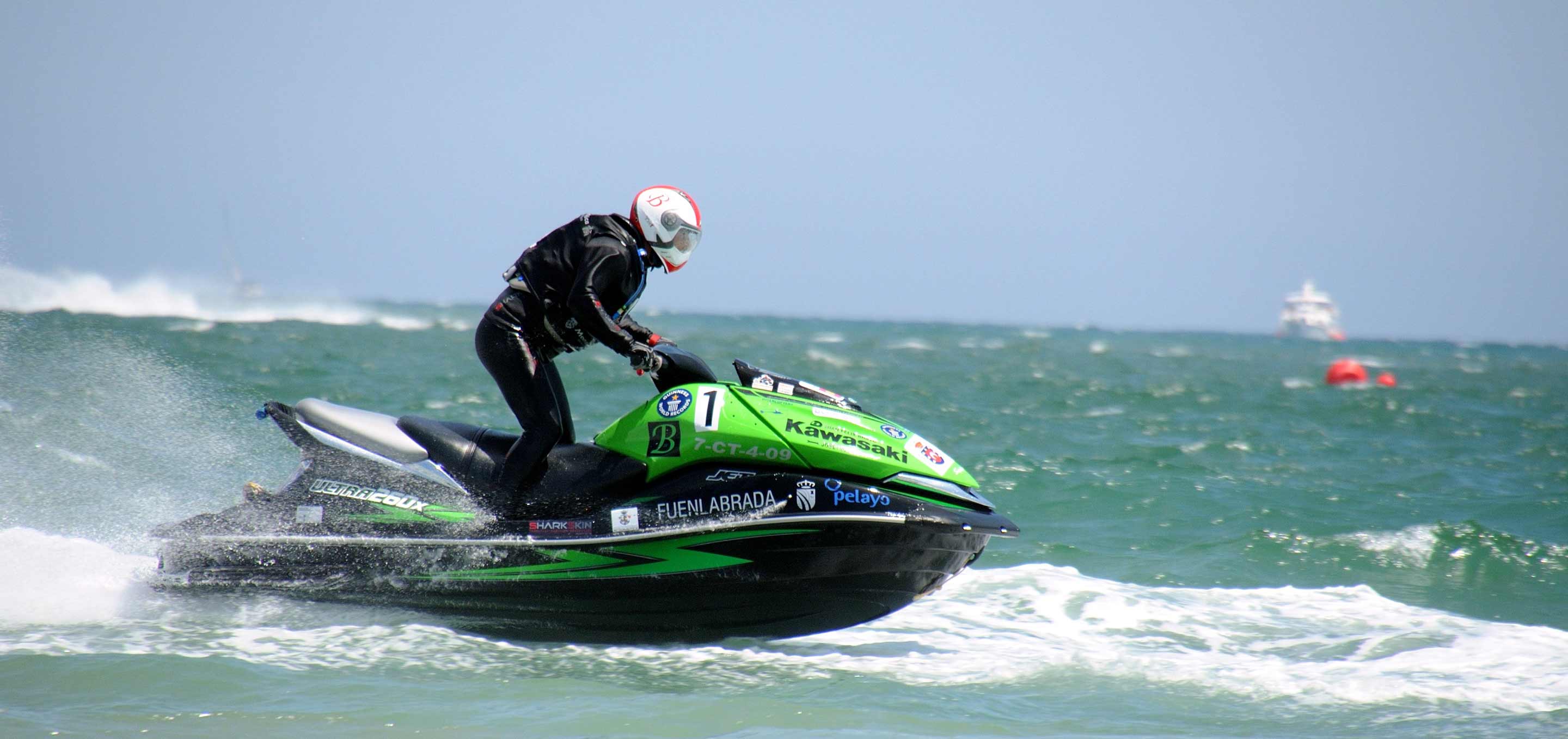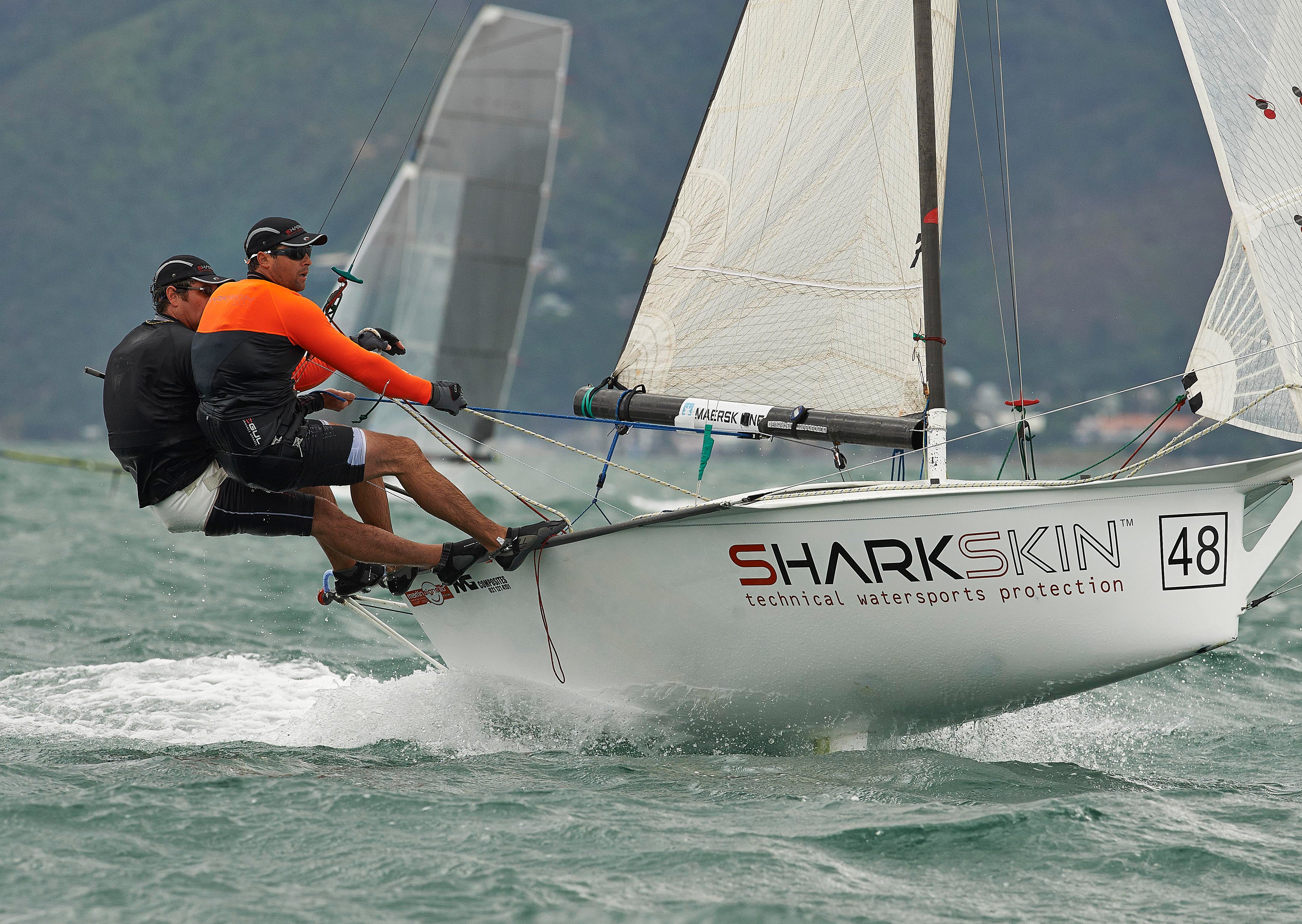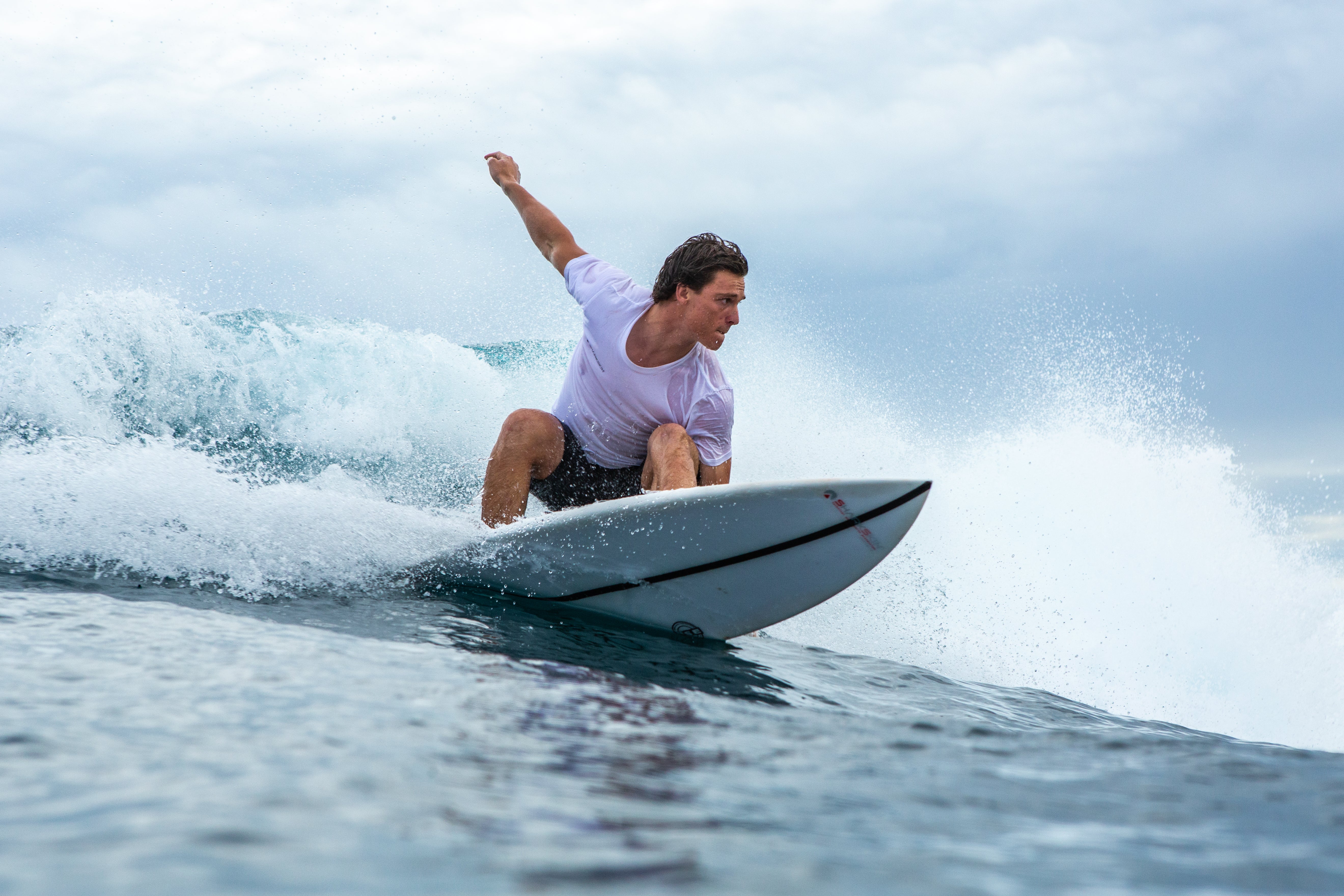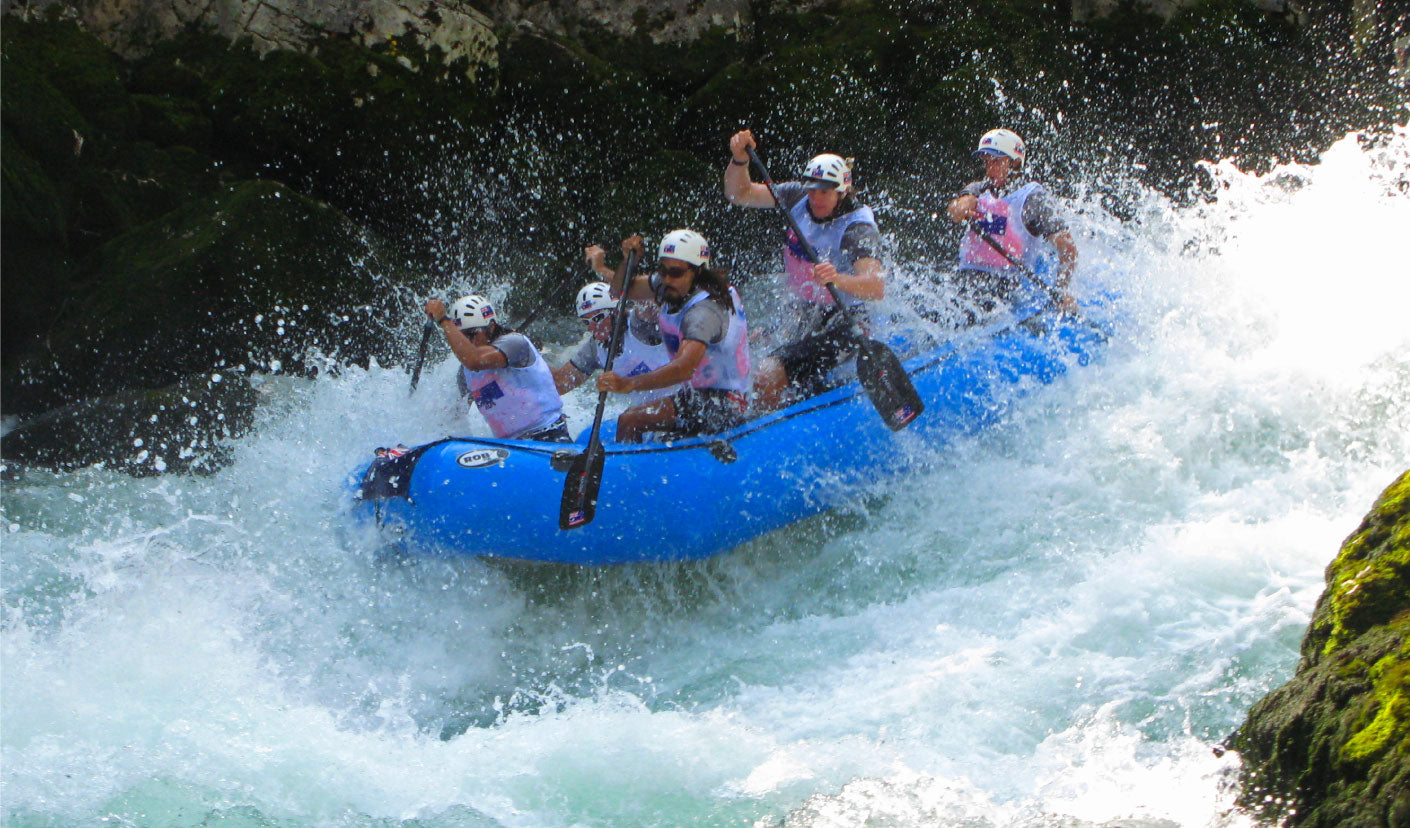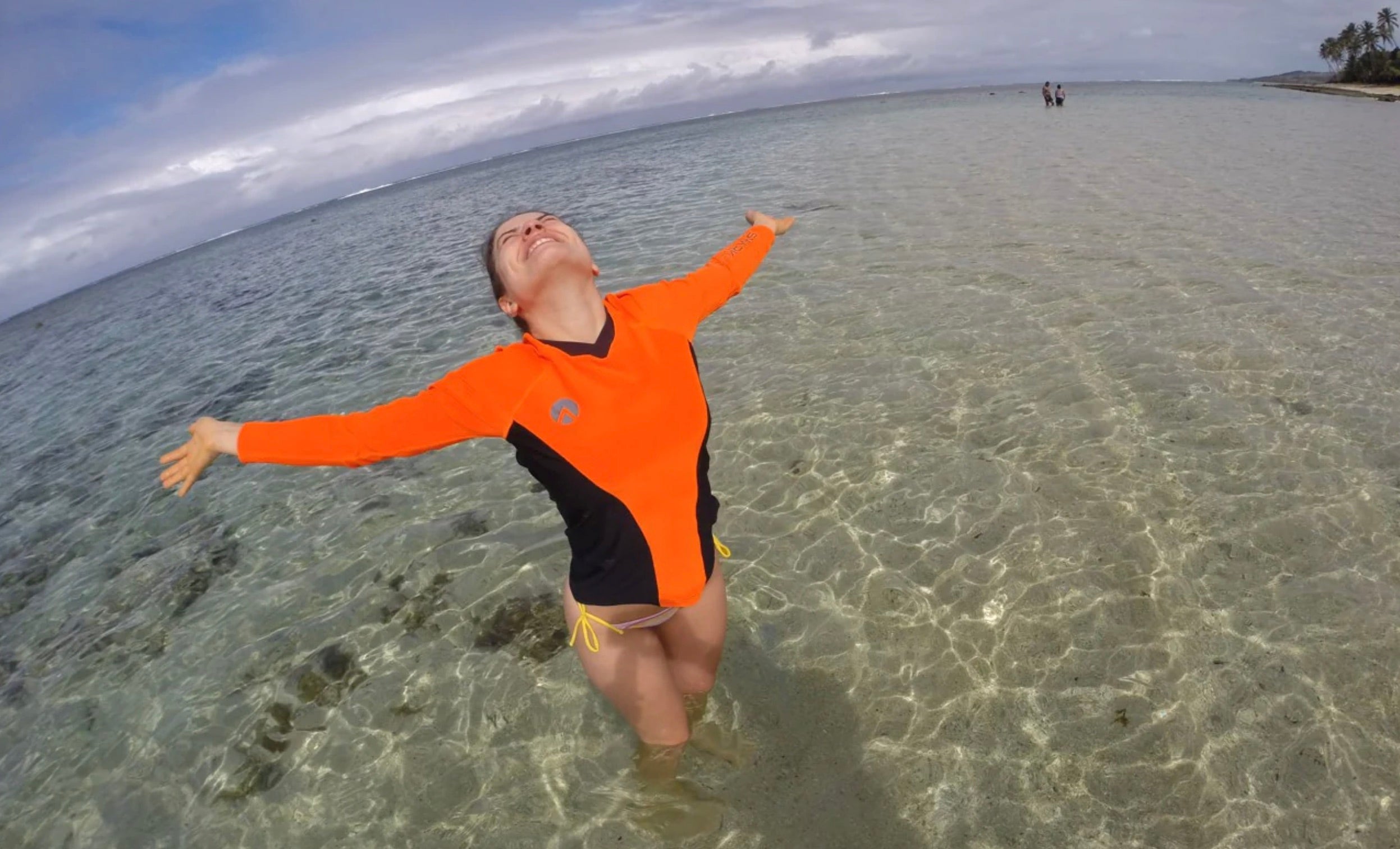Saltwater vs Freshwater Water Sports: What’s the Difference?
Whether you’re planning a dive trip, a relaxing day on a lake, or investing in a boat, understanding the difference between saltwater and freshwater water sports is essential. Each environment offers unique challenges and rewards, from marine life and water conditions to hull design and gear requirements. The type of water you choose, such as saltwater, freshwater or brackish water, can significantly influence your experience and equipment needs.
Let’s explore the main differences and help you decide which environment suits your next adventure.
1. Water Composition: Salt Content & Salinity
The most obvious difference lies in the water itself. Saltwater, such as that found in oceans and seas, has a high salt content, typically around 3.5 percent. Fresh water, found in rivers, lakes, and ponds, contains little to no salt.
This difference in salinity affects buoyancy, marine life, corrosion, and how your vessels and gear perform over time. Brackish water, a mix of both, appears in estuaries and coastal rivers, offering a hybrid environment.
2. Buoyancy and Swimming Differences
Due to its higher salt dissolved content, saltwater is denser than freshwater, which means you float more easily. This can be beneficial for swimmers and scuba divers who want a bit of extra lift while in the water.
In fresh water, you’ll find that you sink slightly more. That’s why your dive equipment and buoyancy compensation devices may require different settings depending on the water type.
3. Marine Life: What You’ll Encounter
Saltwater environments are home to a broader variety of marine life, including coral reefs, tropical fish, dolphins and sharks. For underwater photographers and adventurous divers, the biodiversity of the ocean is unmatched.
On the other hand, freshwater lakes and rivers feature species like bass, catfish and perch. While the marine diversity may be narrower, freshwater poses fewer dangers for newer divers or those exploring smaller bodies of water.
For tips on capturing your underwater adventures, see our guide to underwater photography for beginners.
4. Boat Design: Saltwater vs Freshwater Boats
Saltwater boats must be built to resist corrosion. The combination of salt, moisture and oxygen can quickly wear down metal parts. As a result, many saltwater vessels use zinc anodes, a mercathode system, and stainless-steel fittings to reduce corrosion.
Freshwater boats don’t face the same harsh environment and often feature lighter, less corrosion-resistant materials. However, taking a freshwater boat into saltwater without proper protection can cause long-term damage.
When comparing saltwater and freshwater boats, note the following:
-
Hull design in saltwater boats is often deeper (deep-V) to handle open ocean swells
-
Freshwater vessels may be flatter to glide more efficiently over relatively small waves on lakes and rivers
5. Water Sports Activities: What Suits Which Environment?
Both environments offer exciting options for all experience levels. Here’s a breakdown:
Saltwater Sports
-
Scuba diving and snorkelling
-
Surfing and kiteboarding
-
Deep-sea fishing
-
Ocean swimming
-
Sailing and offshore boating
Freshwater Sports
-
Freshwater diving in lakes or rivers
-
Kayaking and canoeing
-
Wakeboarding and water skiing
-
Paddleboarding
-
Fishing in lakes and reservoirs
For a closer look at popular water-based activities, visit our article on thebenefits of water sports.
6. Gear and Maintenance Considerations
Saltwater gear takes more punishment. After each session, you must rinse everything thoroughly to prevent salt build-up and corrosion. Even wetsuits, water shoes and zippers need more attention.
Freshwater equipment is easier to maintain, though algae and sediments can still clog gear and affect performance if not cleaned properly.
If you’re planning regular outings, investing in high-quality, saltwater-tolerant materials will extend your gear’s lifespan. Learn more about essential gear in our water sport equipment guide.
7. Environmental Conditions and Safety
Saltwater conditions are more dynamic. The sea can bring unexpected waves, tides, currents and weather changes, making ocean water sports more challenging and sometimes dangerous.
In contrast, freshwater environments tend to offer calmer conditions, particularly in smaller lakes or rivers. However, they come with their own risks, including submerged branches, cold thermoclines and limited visibility.
Regardless of where you are, always wear proper safety gear such as life jackets and water shoes, especially when exploring rocky or slippery areas. See our guide on what are water shoes to learn more.
8. Choosing the Right Environment for You
So, how do you choose between freshwater vs saltwater for your next activity?
-
Choose saltwater if you're after big waves, deep dives, abundant wildlife or high-speed boating adventures
-
Opt for freshwater if you prefer calmer waters, easier maintenance, family outings or access to many lakes and rivers.
Your ideal environment also depends on your skill level, budget, location and goals.
Final Thoughts: Salt, Fresh or Both?
Whether you're swimming in Bondi Beach, diving into freshwater lakes, or sailing across brackish water, each water type offers a unique playground for sports enthusiasts. Both environments have their pros and cons, and the right choice depends on your adventure style.
One thing they have in common is the need for reliable, protective and adaptable gear.
At Sharkskin, we create performance apparel designed for both saltwater and freshwater sports. Whether you're paddling through a quiet inland river or exploring the open sea, our thermal wear, UV-protective tops and waterproof layers are made to keep you comfortable in any condition.
Built with advanced materials and tested in Australia's harshest environments, Sharkskin gear is an important investment for water lovers of all levels. Stay warm, stay safe and enjoy your next aquatic adventure, no matter which water you choose.
FAQs
Is it better to swim in saltwater or freshwater?
It depends on your goals and preferences. Saltwater is generally more buoyant, which can make swimming feel easier and less tiring, especially for beginners or casual swimmers. The ocean also offers a refreshing experience, but it comes with waves, tides, and varying temperatures.
Freshwater, such as lakes and rivers, tends to be calmer and is often preferred for long-distance or open water training. However, the lack of buoyancy can make swimming slightly more physically demanding. If you’re concerned about cleanliness or marine life, many people feel more comfortable swimming in clear freshwater lakes.
Do people swim faster in salt water?
Yes, swimmers often experience slightly better speed in saltwater. The increased density and buoyancy of saltwater lift the swimmer higher, reducing drag and allowing smoother movement through the water. While the difference isn’t massive, it can be noticeable, especially over longer distances or when comparing times between pool (freshwater) and ocean swims.
Do you float better in saltwater or freshwater?
You float better in saltwater. The higher salinity increases water density, which provides more natural lift. This extra buoyancy makes it easier to stay afloat with less effort. It’s one reason why ocean swimming can feel more relaxing for beginners or those not as confident in the water.
What is the major difference between freshwater and saltwater?
The primary difference lies in the salt content, also known as salinity. Saltwater, found in oceans and seas, has high levels of dissolved salt (about 3.5 percent), while freshwater, found in lakes, rivers and ponds, has very low salt content.
This difference impacts nearly every aspect of water-based activities, from buoyancy and swimming experience to marine life, gear maintenance and boat design. Saltwater is more corrosive and requires special materials and care, while freshwater is generally easier on equipment but may offer less support for buoyancy and movement.




